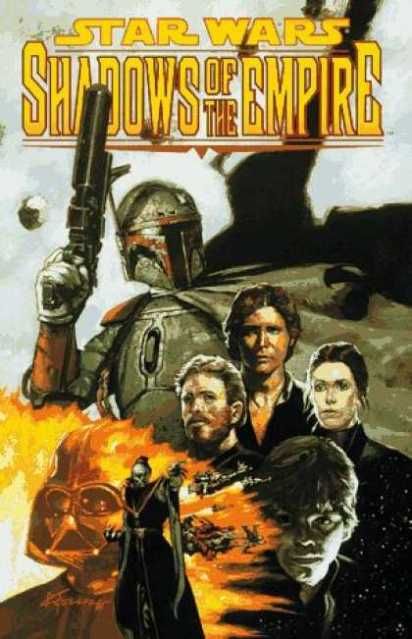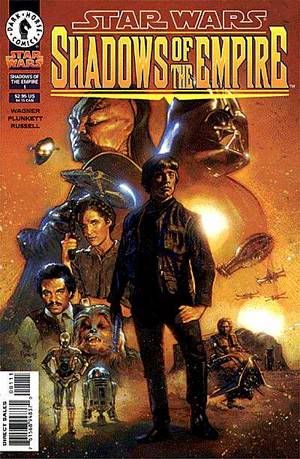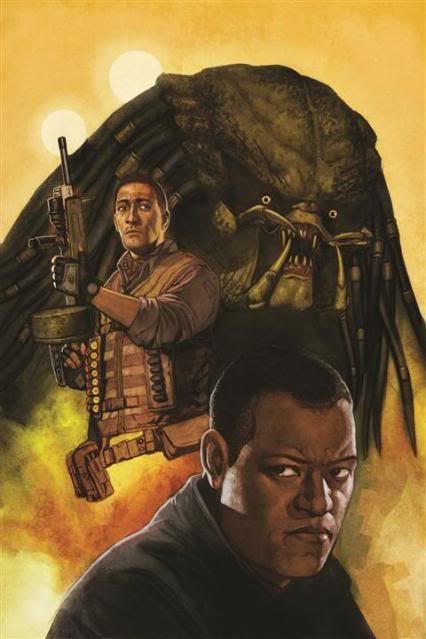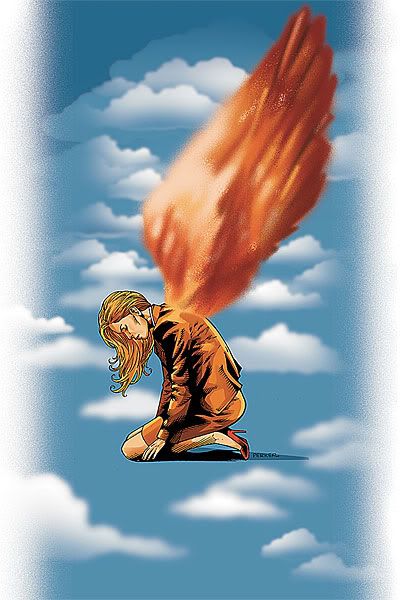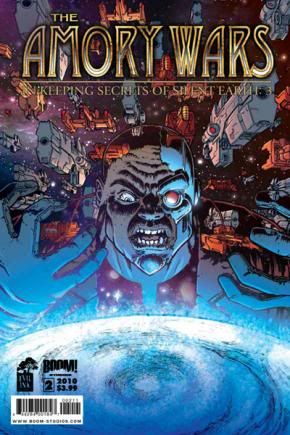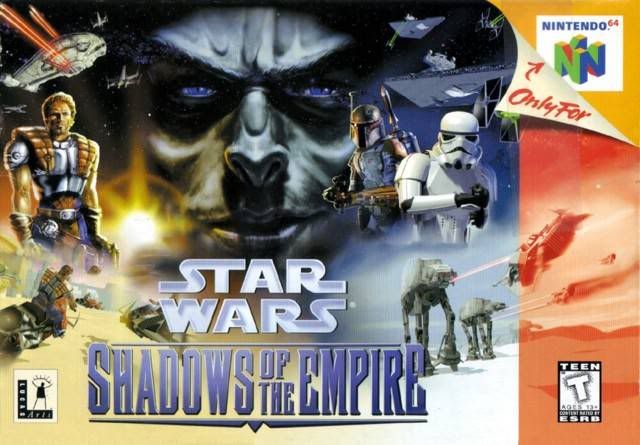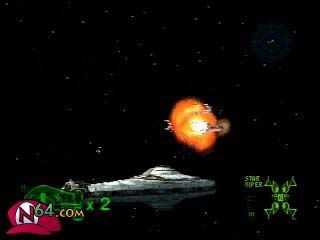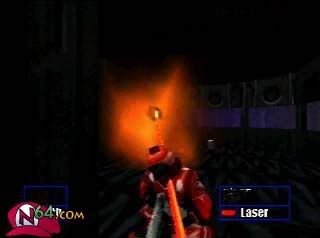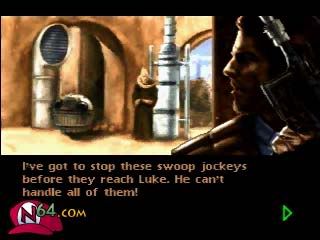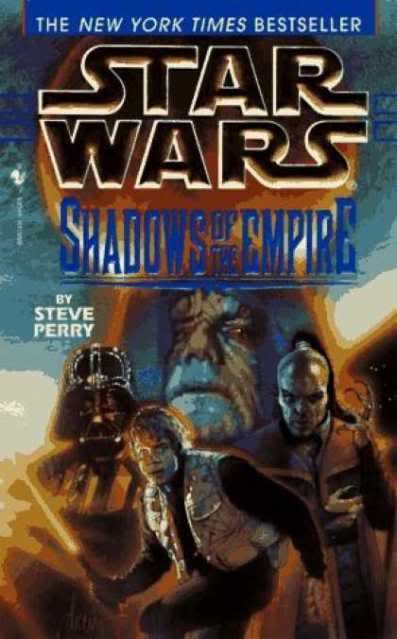
So, let me get this straight: I don’t normally read cape books. For whatever reason, I’ve never had any interest in heroes other than Batman all for one simple reason: they are generally impossible to relate to and are horrible reads. I’ve made some attempts to alleviate this as of late, giving Uncanny X-Men, a couple of one shots, and this book a shot. I gave up on Uncanny X-Men after three issues. The one-shots were of poor merit. So this brings me to Civil War, the central story of a massive crossover event, written by Mark Millar. Millar recently recieved screentime with the film adaptation of Kick Ass. Having read Kick Ass, I thought this might be interesting, especially given the concept.
Well, I was half right.
Millar tells the story of the Super Hero Registration Act, wherein which maked heroes have to make their identities public or be imprisoned. If you aren’t hearing the words “Patriot Act” ring out a funeral dirge, then you need to reread the sentence above. This is in reaction to a group of amateur heroes attacking some b-list villains, and destroying a small town, killing a young boy. That kid’s mother seeks vengeance on the super hero community, and works with Tony Stark (Iron Man), to change the way the caped heroes operate.
Thus begins a Marvel book I can actually stand behind to an extent. What happens from here ranges from political discussion to traditional Marvel beat-em-up kind of stuff to some commentary on the way we wage war as well. The only break from tradition comes from the war between super heroes, divided between those for and against registration. This gives the kids reading the book something to sink their teeth into, but those of us looking for actual thought have something to read as well.
But there is a problem afoot for those who aren’t used to the Marvel universe. Unless you spend some time on wikipedia finding out who all is occupying this story, you will be lost. Absolutely blind without any hope of finding the door. There are dozens of denizens in this universe, and only some of them are familiar to the common reader. Guys like Iron Man, Spider Man, the Fantastic Four, Captain America; these are the characters you will know, obviously. The X-Men aren’t even present in a single panel of this book, so you can’t count them. If you can swallow this, you are set for an interesting story.
But don’t expect a masterpiece. I feel like Millar did the best he could do given the fact that he’s handling this book for different audiences. The political aspects are intriguing, and kept me reading, so take that as a serious recommendation. I don’t get anything out of the fighting heroes aspect of the story, so this was what kept me going. If this is your bag, then by all means, this is a book fully worth adding to your collection. Otherwise, make this one you borrow from a friend. Or go the route I did and check out the library. The New Hanover library system has started a graphic novel collection, and now is definitely the time to jump on their selection. Maybe this one would be a good place to start?
Also, gamers take note: this was the source material for the game Marvel: Ultimate Alliance 2, available on all systems.
3.5/5
Well, friendly readers, it's been a while, and I apologize. I've been writing, working, and most importantly, reading a LOT of comics. I've dumped about twenty graphic novels down my skull since my last review, and all of my weekly books. I don't know if I'm going to try and catch up on the weekly books, but I'm hoping to get some graphic novel reviews out in the next few weeks. As for now, I hope you enjoyed my venture in the Marvel ghetto. Have a good night.

